Mihaela Breaban
Faculty of Computer Science, Alexandru Ioan Cuza University, Iasi, Romania
Analyzing domain shift when using additional data for the MICCAI KiTS23 Challenge
Sep 05, 2023Abstract:Using additional training data is known to improve the results, especially for medical image 3D segmentation where there is a lack of training material and the model needs to generalize well from few available data. However, the new data could have been acquired using other instruments and preprocessed such its distribution is significantly different from the original training data. Therefore, we study techniques which ameliorate domain shift during training so that the additional data becomes better usable for preprocessing and training together with the original data. Our results show that transforming the additional data using histogram matching has better results than using simple normalization.
COVID Detection in Chest CTs: Improving the Baseline on COV19-CT-DB
Jul 13, 2021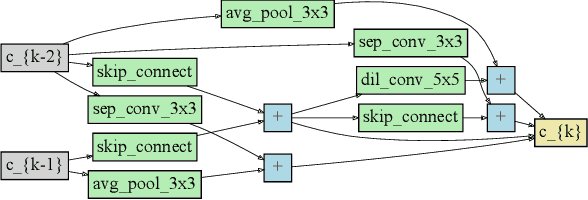
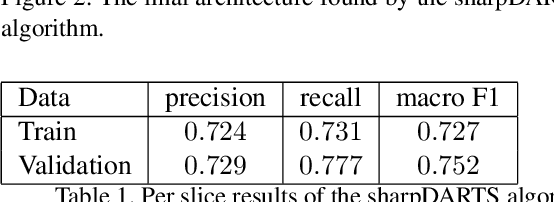


Abstract:The paper presents a comparative analysis of three distinct approaches based on deep learning for COVID-19 detection in chest CTs. The first approach is a volumetric one, involving 3D convolutions, while the other two approaches perform at first slice-wise classification and then aggregate the results at the volume level. The experiments are carried on the COV19-CT-DB dataset, with the aim of addressing the challenge raised by the MIA-COV19D Competition within ICCV 2021. Our best results on the validation subset reach a macro-F1 score of 0.92, which improves considerably the baseline score of 0.70 set by the organizers.
Revealing Lung Affections from CTs. A Comparative Analysis of Various Deep Learning Approaches for Dealing with Volumetric Data
Sep 09, 2020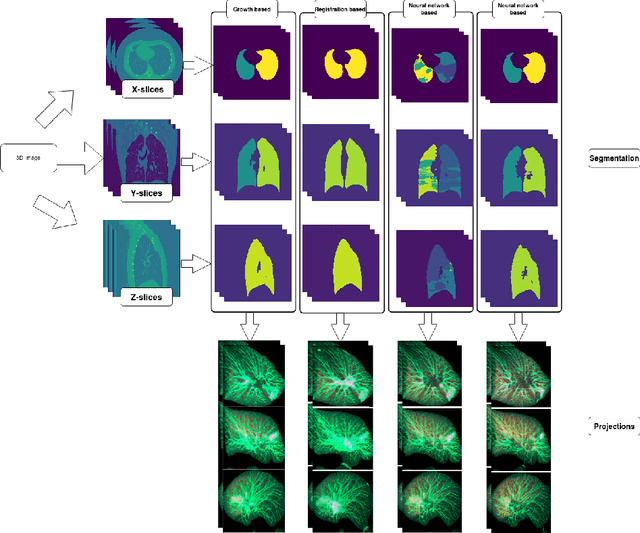
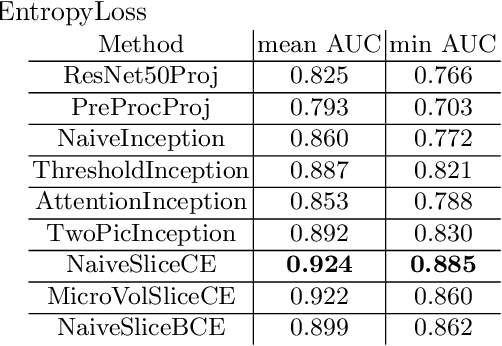
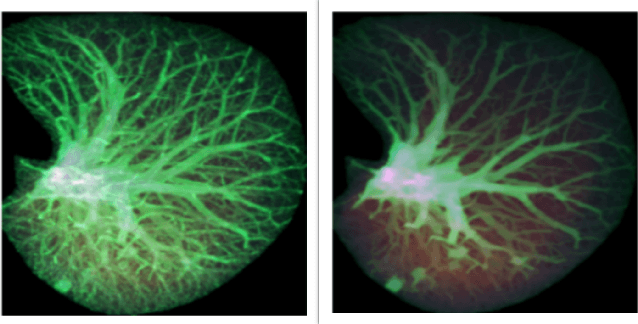

Abstract:The paper presents and comparatively analyses several deep learning approaches to automatically detect tuberculosis related lesions in lung CTs, in the context of the ImageClef 2020 Tuberculosis task. Three classes of methods, different with respect to the way the volumetric data is given as input to neural network-based classifiers are discussed and evaluated. All these come with a rich experimental analysis comprising a variety of neural network architectures, various segmentation algorithms and data augmentation schemes. The reported work belongs to the SenticLab.UAIC team, which obtained the best results in the competition.
* ImageClef2020 Tuberculosis task
Tackling Dynamic Vehicle Routing Problem with Time Windows by means of Ant Colony System
Apr 06, 2017



Abstract:The Dynamic Vehicle Routing Problem with Time Windows (DVRPTW) is an extension of the well-known Vehicle Routing Problem (VRP), which takes into account the dynamic nature of the problem. This aspect requires the vehicle routes to be updated in an ongoing manner as new customer requests arrive in the system and must be incorporated into an evolving schedule during the working day. Besides the vehicle capacity constraint involved in the classical VRP, DVRPTW considers in addition time windows, which are able to better capture real-world situations. Despite this, so far, few studies have focused on tackling this problem of greater practical importance. To this end, this study devises for the resolution of DVRPTW, an ant colony optimization based algorithm, which resorts to a joint solution construction mechanism, able to construct in parallel the vehicle routes. This method is coupled with a local search procedure, aimed to further improve the solutions built by ants, and with an insertion heuristics, which tries to reduce the number of vehicles used to service the available customers. The experiments indicate that the proposed algorithm is competitive and effective, and on DVRPTW instances with a higher dynamicity level, it is able to yield better results compared to existing ant-based approaches.
 Add to Chrome
Add to Chrome Add to Firefox
Add to Firefox Add to Edge
Add to Edge